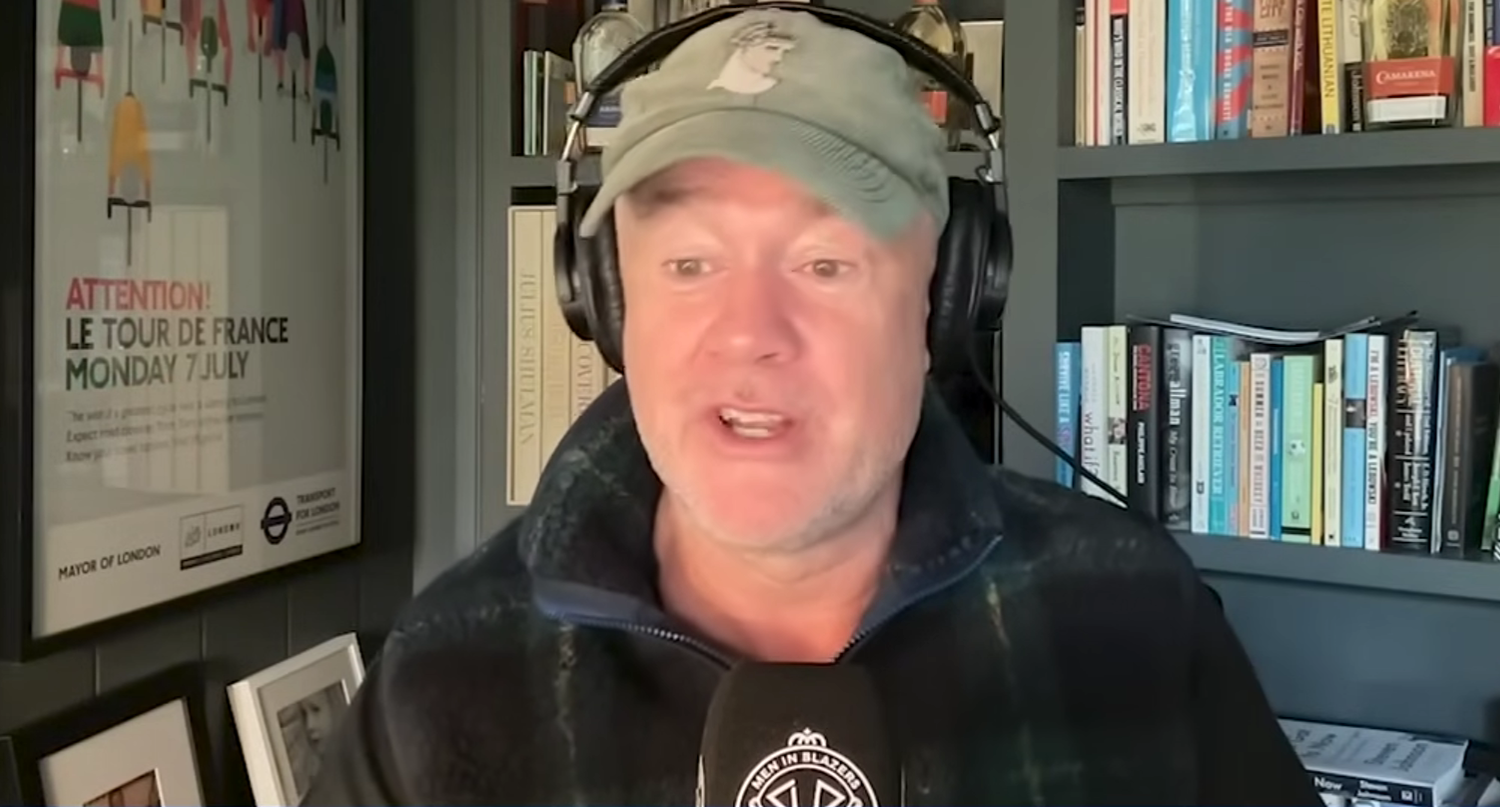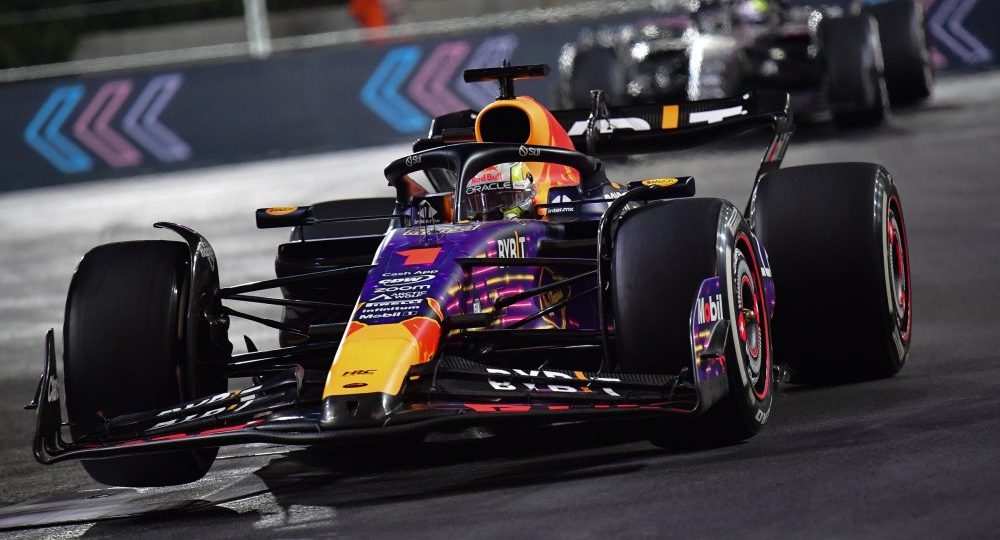During the pandemic-shortened 2020-2021 NBA regular season, TNT opted to go without sideline reporters as their play-by-play announcers and analysts called games remotely.
Aside from coaches not really being asked questions during game broadcasts, there was a real and tangible sense of something missing not just for fans at home but for the sideline reporters who went months without being able to perform a central function of their jobs.
“I’ve been itching to get back out there,” TNT’s Jared Greenberg said from Brooklyn’s Barclays Center last week before the Nets took on the Boston Celtics.
Aside from working March’s All-Star Game in Atlanta for NBA TV, Greenberg hadn’t been at a live event since the bubble in Orlando last summer. He was busy hosting some shows on NBA TV, including a live RedZone type of format called CrunchTime.
“I love being on the road. I love being in an arena. I love being part of a game broadcast,” he said. “But I understood why.”
Turner and WarnerMedia didn’t think their talent should travel during as the coronavirus pandemic raged on. ESPN mainly agreed, only sending sideline reporters to select regular season games. But as more of the country became vaccinated, the networks have eased their reporter restrictions, with Greenberg embedded with the Nets and Celtics and Chris Haynes reporting on the Phoenix Suns-Los Angeles Lakers series.
“It was like riding a bike, actually,” said Stephanie Ready, who’s been the sideline reporter for every TNT/NBA TV game in the Philadelphia 76ers-Washington Wizards series and hadn’t been at a live game since the bubble. “It felt like going home, like nothing ever happened. It was like when you talk to your best friend on the phone and you hadn’t talked to her in months. But that phone call is like you guys just saw each other yesterday.”
Ever since Greenberg was in high school in suburban New Jersey, he said he would get chills every time he’d walk into a gym for a game, knowing that he was in the right place. Before working Game 2 of the Brooklyn-Boston series, he went to Game 1 as a fan and immediately felt those same familiar chills again. It was a night and day difference, he felt, than what he experienced inside the bubble.
“As great as the bubble was, the bubble was outstanding and the NBA did an amazing job of that, but because there were no fans in the stands, you didn’t have that same adrenaline rush that I get before every game in a packed arena,” Greenberg said, having to shout over the piped in pregame music as nearly 15,000 fans began to fill up the building.
Ready said the NBA did a good job of piping in artificial crowd noise at the bubble games, but she noticed a dramatic difference when she covered Game 1 at Wells Fargo Center.
“Having live bodies in seats was something that I did not think I missed as much as I did,” she said, with roughly 11,000 cheering on the Sixers to open the series. “I had an actual emotional response to the crowd, because it was so overwhelming and it had been so long. And it was just so good to feel that wash over you, that crowd noise. Even the booing.”
The bubble did prepare Ready and Greenberg for some important things now, like coaches and players wearing headsets when conducting interviews, commonplace now after being somewhat utilized in Orlando, or being separated from the rest of your broadcast crew. Greenberg spent more than 80 days in Orlando— an experience he called the weirdest and best of his life— and never got to physically interact with his fellow announcers who were stuck in the media yellow zone instead of his on-court access in the red zone. Now he’s used to seeing his coworkers only on Zoom or over the phone, though Turner is reportedly bringing Marv Albert and Reggie Miller to Madison Square Garden for Game 5 of the New York Knicks-Atlanta Hawks series this week.
When asked if she ever got used to this dynamic, Ready laughed and gave an emphatic no.
“That kind of prepared you for where we are now,” she said. “Even though they’re not in the building, you don’t get to see them face-to-face but you can still kind of interact before the game, during the commercial breaks. If you need to talk to them you still can. Thank goodness for our technology.”
That technology is crucial for broadcasters during the playoffs, who are sometimes calling different games and series every night or two. They rely on reporters like Greenberg and Ready to be their eyes and ears on the ground, and over Zoom during this postseason, acting as a cheat sheet of sorts for their fellow on-air talent as they’ve been virtually parachuting into these series.
“We can be that bridge for them,” Ready said.
As Greenberg was courtside listening to the beginning of last Tuesday’s broadcast in his earpiece, he couldn’t help but feel the excitement and the rush of Albert opening the top of the telecast and eventually swinging it to him for an update. He’s hoping that fans see him on the court reporting and feel how much he loves the game and how much pride he takes in preparing for these games, something he hadn’t been able to do for many long months during the pandemic.
“Even though it had been over a year since I’d been in an NBA arena on the court with fans in the building,” Ready said, “once you got there it was just like boom, you’re right back at it. It just felt so good.”





